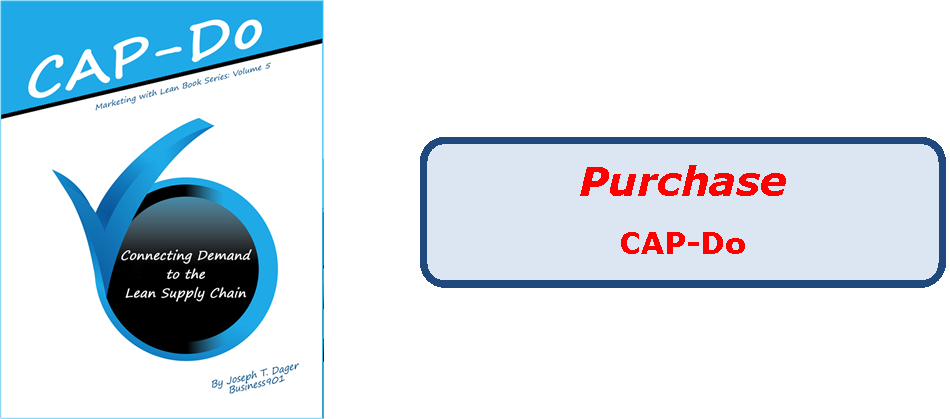Joseph Michelli, author of Leading the Starbucks Way: 5 Principles for Connecting with Your Customers, Your Products and Your People is tomorrow’s podcast guest and like all his books he bases them around five principles. This is Michelli’s second book on Starbucks, the first one was The Starbucks Experience: 5 Principles for Turning Ordinary Into Extraordinary. In the first book, the five principles were…
- Make It your Own
- Everything Matters
- Surprise and Delight
- Embrace Resistance
- Leave your Mark
In one of my highest rated blog post, Is Zappos the Next Toyota?, I discussed the The Zappos Experience: 5 Principles to Inspire, Engage, and WOW. The Zappos principles were…
- Serve a Perfect Fit—create bedrock company values
- Make it Effortlessly Swift—deliver a customer experience with ease
- Step into the Personal—connect with customers authentically
- S T R E T C H—grow people and products
- Play to Win—play hard, work harder
The first Starbucks book was written about 10-years ago and the Zappos book two years ago. As you can see, the progression of the principles from a focus on operations to customer experience. In his new book, Leading the Starbucks Way, I asked the author about the new set of five principles.
Joe: In all your books, you frame them in a certain way which I really like. You base them on certain principles that companies can identify with. Could you start out by giving a brief introduction to the principles that you used in Leading the Starbucks Way?
Joseph Michelli: I'll be glad to. I think for me I have to kind of get it in bite size pieces. There is so much information when you're dealing with a company the size of Starbucks. If I can kind of comeback and pull the cameras back a little we can get on that, some of the principles that we talked about in this book are really kind of around focusing on product and making sure you can savor and elevate your product. They have to do with really extend employees so that the love and I know it can be a tricky we can talk about, but the love that you extend is a leader to your employees is something then that moves into the life of the customers.
We are talking about mobilizing the connection in this book. The world has changed, and the notion that people are just going to walk into your store front or on to your page on online business is just not there. You going to have to go out and find where their lives are and mobilized your connection to make sure that you step into that space with them. There really is a principle in the book that really kind of looks at the importance of not just focusing on transaction or the customer relationship of the day, but really extending yourself out in the life of the customers by challenging your legacy, making sure that you have a lasting legacy statement that goes out into the customer’s space.
In the world which we live today there is a need to have a global of a connection with your customers as possible will also maintaining nuance for cultural relevance. So the business principles in the book are specifically dedicated to that and by name….
- Savor and Elevate
- Love to be Loved
- Reach for Common Ground
- Mobilize the connection
- Cherish and Challenge your Legacy
The new perspective of these five principles is similar to many of the forward thinking companies today. We have progressed from operational to customer experience to Service Dominant Thinking (SD_Logic). This is where value is co-created. Delivering great experiences requires participation. We must engage our customers so that they are part of that experience and so much so that they may even take responsibility on delivering part of it. It is not a theater anymore. It not actors delivering to the audience, rather the audience and actors have joined together. For example, think about reality shows. Think about customizing your smartphones. It is the personalization of your experience that elevates it, and you savor the moment.






